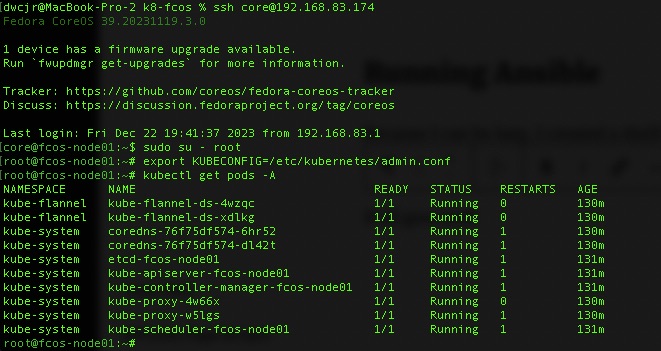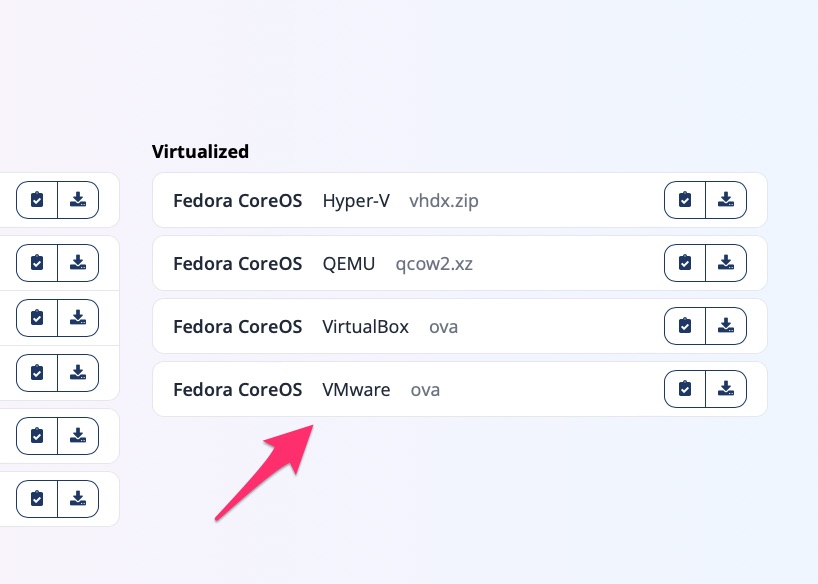Summary
Going down a reading rabbit hole, I recently read Team of Teams: New Rules of Engagement for a Complex World by General Stanley McChrystal. I was not sure what I was in for with this. Paraphrasing what General Stanley McChrystal wrote, while he was going through the events in the book, he was not sure if what he experienced was a fluke or there was something more to it.
While this article is not a review as there are plenty around, this book did start to move me. I started thinking about other applicable lenses to view this through. In the book, the automotive industry is cited a couple of times. This opened Pandora’s box for me. In it, one of the examples was the GM Ignition Recall that took nearly 10 years to have fixed for a $2 part. Ultimately it was an organizational structure failure. The low level teams had known about this months after the new ignition switches were sent out into the wild and reports had started coming back.
Why Tesla?
It is easy to get wrapped up in the politics and public displays for which Elon Musk is known. Setting that aside, what Tesla is doing is revolutionary for a few reasons. In these times, it is extremely hard to start a new automobile company. Tesla not only a new automobile company but using a fuel source that is not industry standard.
Tesla is different. They are not just an automobile manufacturing company. Elon himself in numerous interviews cites that Tesla is actually a “hardcore” engineering company. They manufacture numerous parts for the vehicle in house as well as write all of the software (Software Engineering).
Outside the scope of this article, they’re also a data mining company. They have driving details on now millions of their vehicles. This has various uses such as road mapping, driving patterns and improving their autonomous driving.
How Legacy Automotive Companies Operate
Many of the legacy automotive manufacturers are extremely siloed using the “reductionist” methodology of breaking down areas into small teams and pushing them for efficiency. There are many different vendors that make components for legacy car companies. They build them to the Original Equipment Manufacturers specifications to ensure interoperability. These vendors do not typically communicate with each other or all of them to understand the whole picture. What this means is that the Engine Control Module (ECM) may be manufactured by one company and the Transmission Control Module (TCM) may be manufactured by another. The software may then be subcontracted out by those vendors. They use interoperability standards but may have little idea of how the Battery Control Module (BCM) interacts with these two modules.
This allows scale and efficiency. Vendor management is a very strong tool to help mitigate concerns. Many, like Toyota are great at this. They many times will have supply manufacturing happen in the same plant as the cars are assembled. Contracts also tend to indicate suppliers have a certain stock of supplies to weather temporary supply chain issues.
How Tesla Operates?
Many of its key components are manufactured in house, such as its seats. This is not to say it does not outsource any manufacturing. It certainly does. One critical piece that Telsa handles in house is to write its own software. This was instrumental in its adaptability during the computer chip shortages of 2020 and onward.
Chip Shortage
During the chip shortages, OEMs could not get their hands on chips. Many of the big ones had lots filled with unfinished vehicles. They were simply waiting on chips to arrive with no end in sight. Cars were delivered without features, in many cases.
Tesla did deal with a delay in production because of this. Its adaptability in writing its software, allowed it to utilize chips that were available. Not only did it adapt its software, Tesla realized it could in some cases reduce the need for some of them. This is very well documented in https://www.utilitydive.com/news/tesla-chip-semiconductor-shortage/628150/
Wrapping it Up
Traditional car manufacturers are very siloed. They are built this way for efficiency and scalability. With this, they are very inflexible and not very adaptable. Many of them are struggling to become profitable on their Electric Vehicles (EVs). Recently even Ford has started to bring its software development in house. This allows for constant updates that are needed without ever having to go into the dealership. Many of the Tesla recalls have been corrected via OTA (Over the Air) updates to software.
Conclusion
In a modern world of complexity, teams cannot work in isolation. They need to be aware of what other teams are doing to have a shared vision. Cognitive load needs to be minimized or information overload will occur but in this new world of complexity and constant information, silos do not work.



